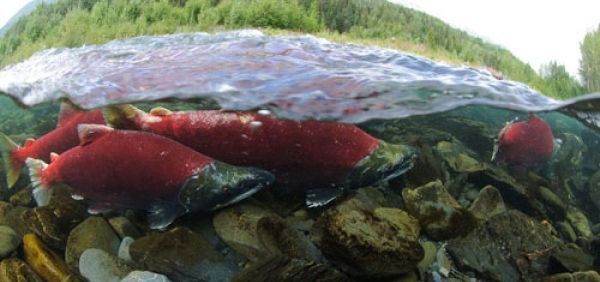The study, funded by The National Geographic Society, is published in the journal Molecular Ecology Resources.
“When we analyzed the environmental DNA sloughed into water from salmon tissues including mucus and skin cells, we got very accurate counts,” said Taal Levi, an ecologist at Oregon State University and lead author on the study. “This is a major first step for more informed salmon management decisions because it opens up the possibility to affordably monitor many more streams than the few that are currently monitored.”
Pacific salmon are a keystone resource in the Pacific Northwest, with an economic impact of well over $500 million each year in Alaska alone. Currently, spawning salmon are counted at just a few streams due to the reliance on human counters, or in rare cases, sonar. Five species of Pacific salmon – pink, chum, sockeye, coho, and chinook – are distributed through more than 6,000 streams in southeast Alaska alone. More than 1,000 of those streams host spawning salmon.
Continue reading at Oregon State University
Image via Oregon State University


